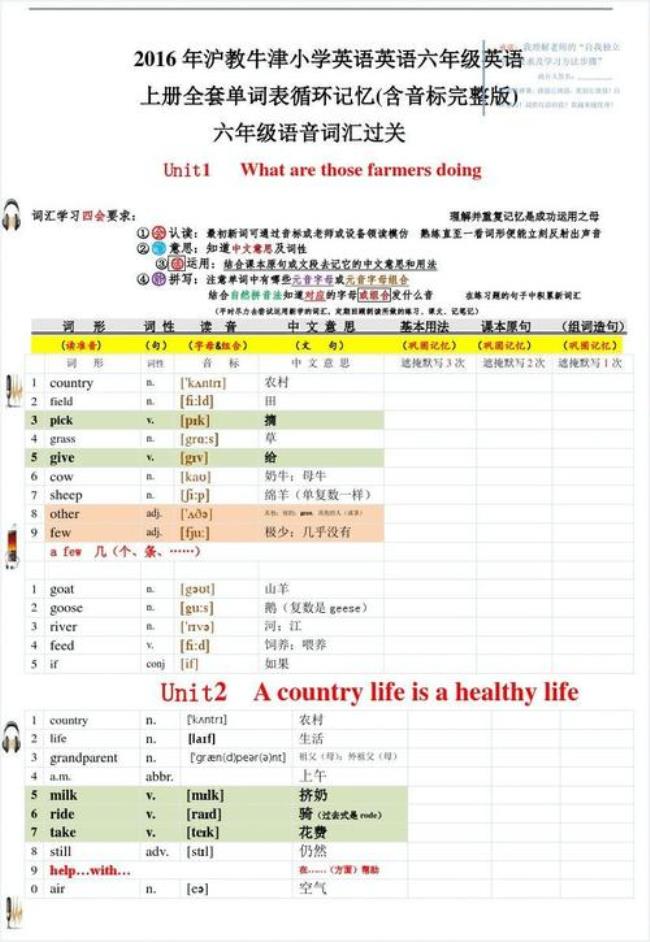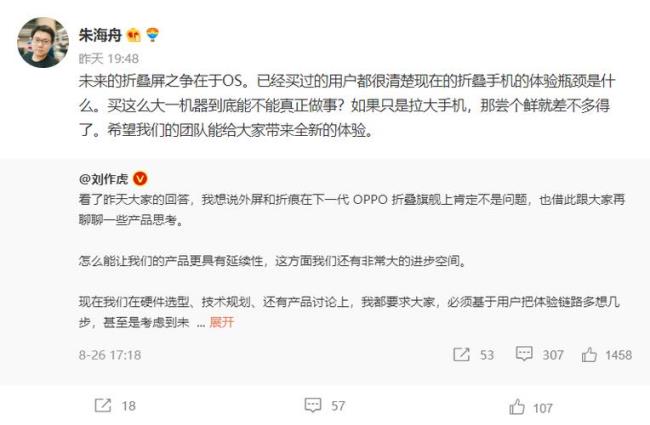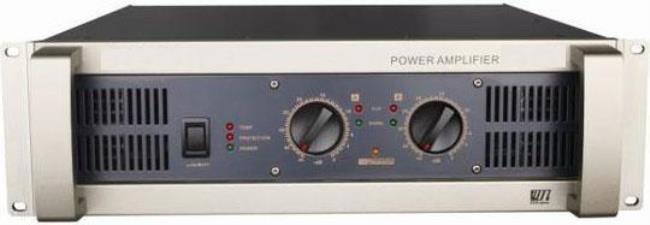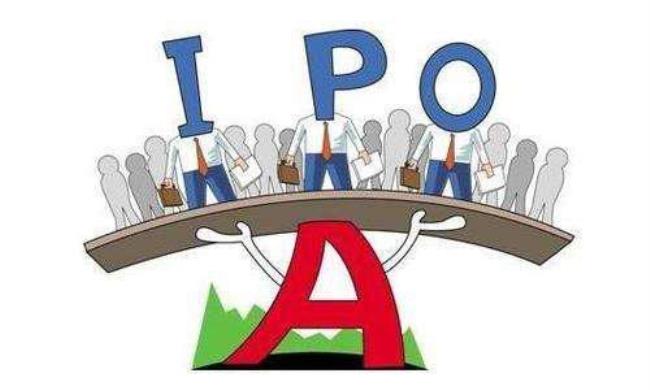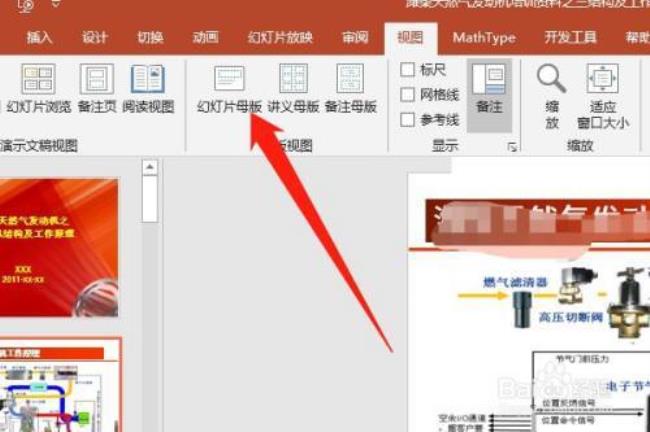point at
音标:英 [pɔint æt] 美 [pɔɪnt æt]
(把…)对准,指向针对指画
例句:
1、Science was never my strong point at school.
我上学时理科从来都不是我的强项。
2、The home team trailed by one point at half time.
上半场主队落后一分。
3、He came to the point at once. 'You did a splendid job on this case.'
他立刻切入正题道:“这件案子你处理得很棒。”
4、He camped it up, he told bad taste jokes and endless anecdotes with no point at all.
他耍宝逗乐,讲荤段子,没完没了地说一堆毫无头绪的八卦。
5、Sire, your majesty will, I trust, be amply sATisfied on this point AT least.
陛下,我相信陛下对此已经满意了。
扩展资料:
point to 和point at 的区别
point to多用来表示指向离说话人较远的事物,意为“指向”,to也是介词,着重于指的方向.
point at习惯上表示指向离说话人较近的事物,意为“指着”,at是介词,着重于指的对象.
例句:
1、He pointed to the house on the other side of the river and said,“That’s my home.”
他指着河对岸的房子说:“那是我家.”
2、The teacher pointed at the blackboard and said,“You must look carefully.”
老师指着黑板说:“你必须看仔细.”
注 意 :
1、一般情况下point at和point to可互换,但事物名词作主语时,用point to要常见些.
The building points to the east.
这所大楼朝东.
2、point at可分开使用,point后直接跟名词或代词作宾语,at表示方向,而point to却没有这种用法,但它还表示“显示、说明”的意思.
They pointed their guns at her head but she was not afraid.
他们把枪指着她的头,但她并不害怕.
